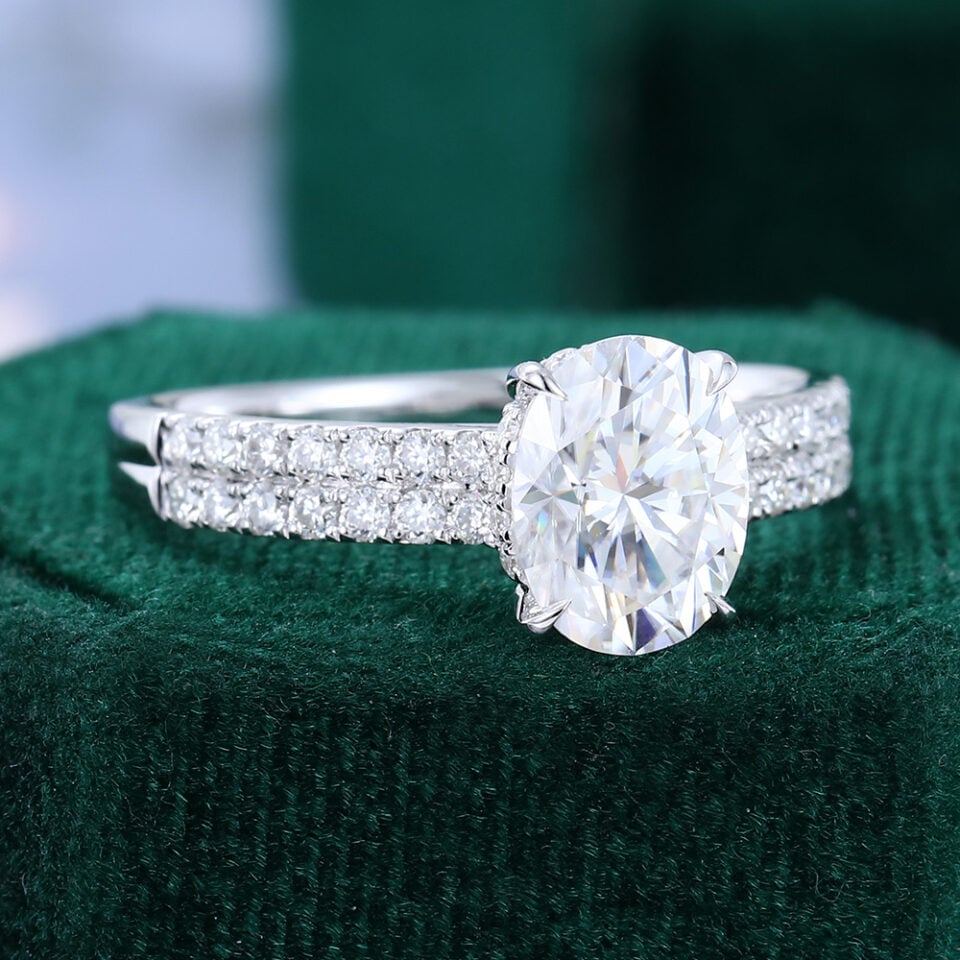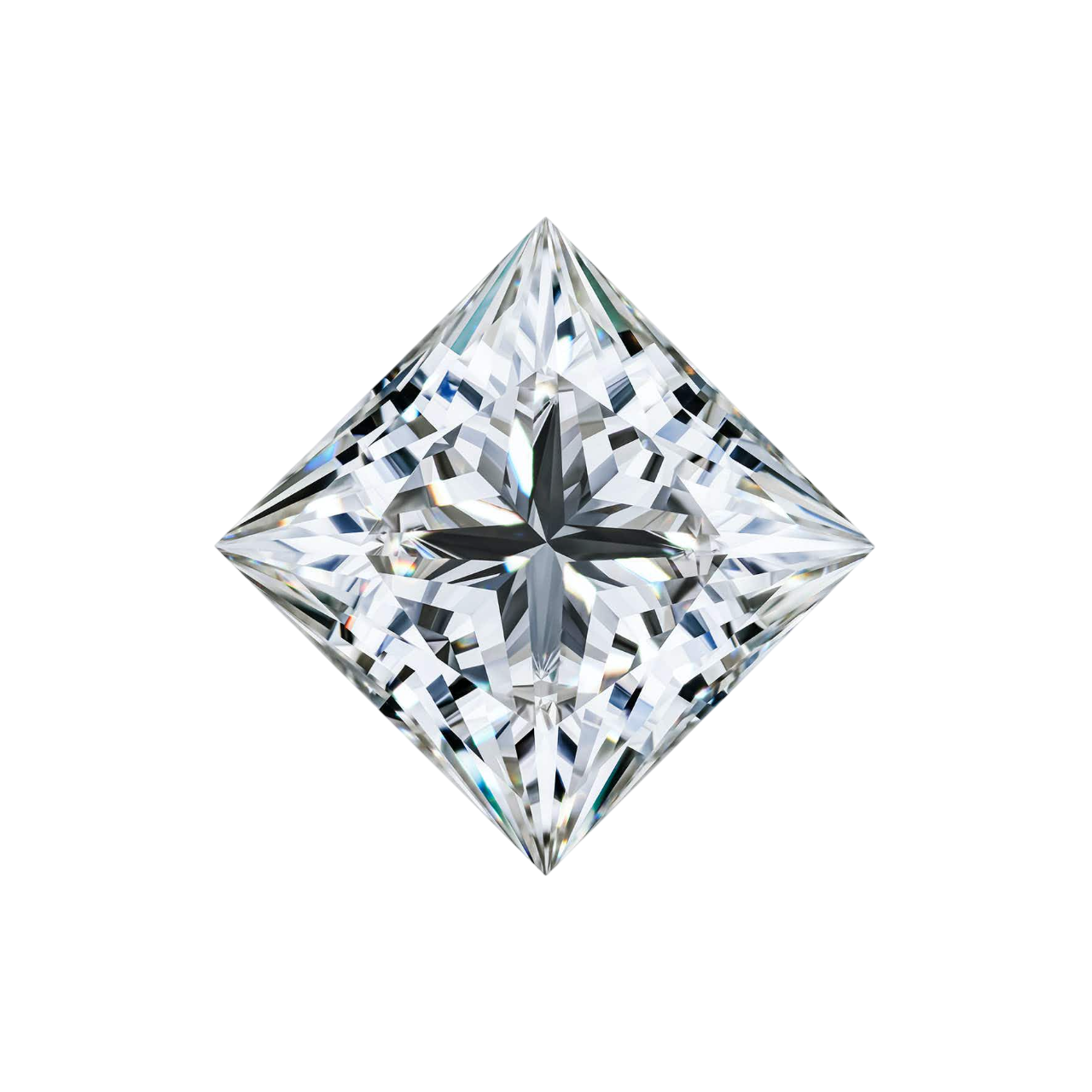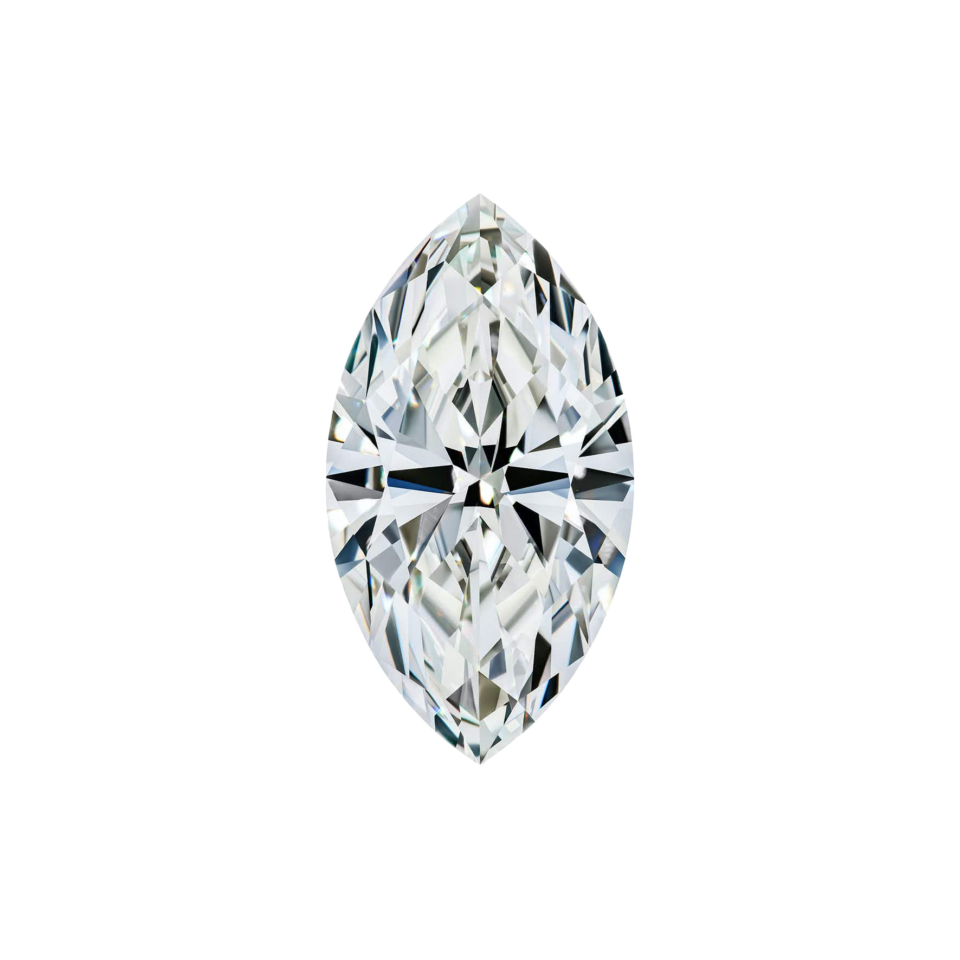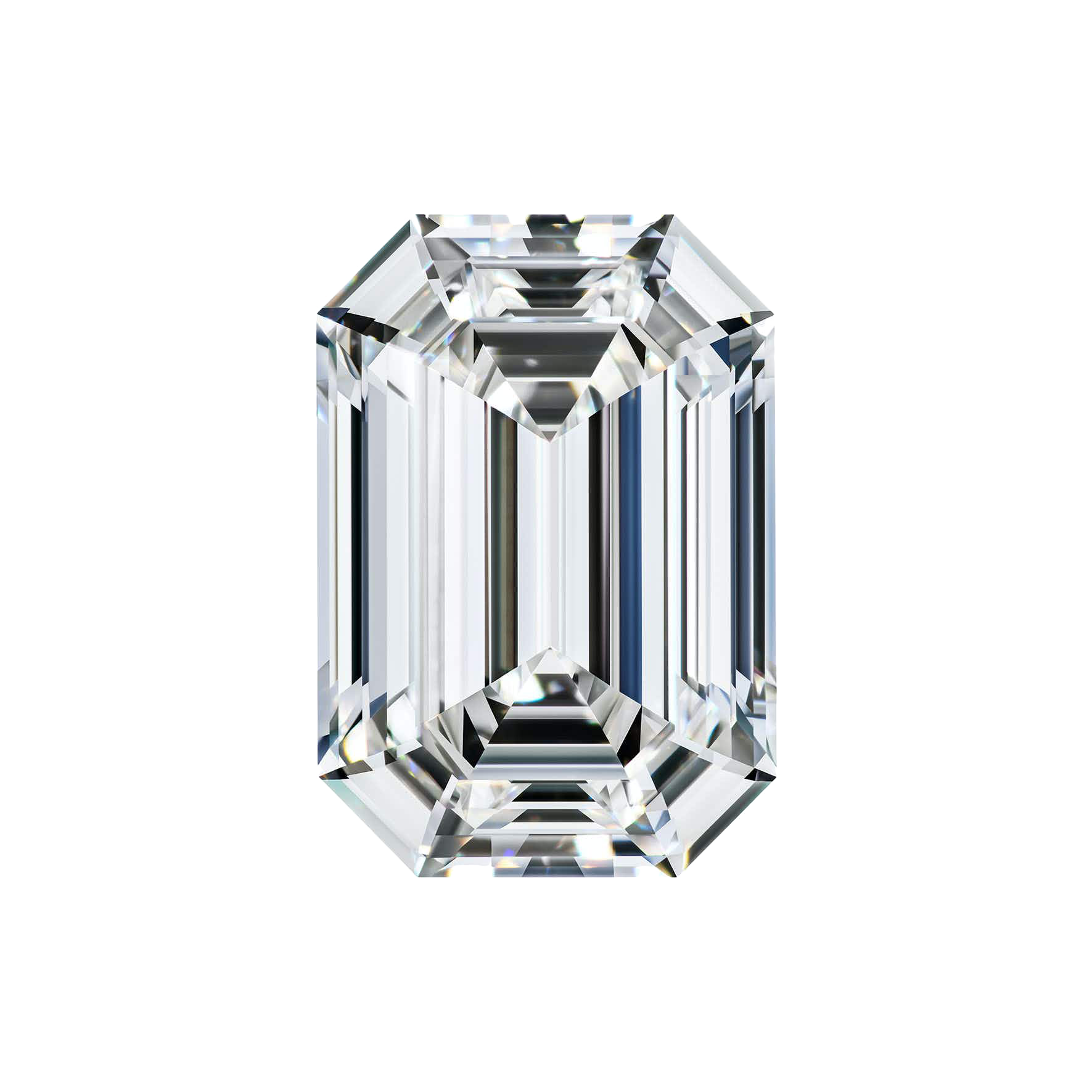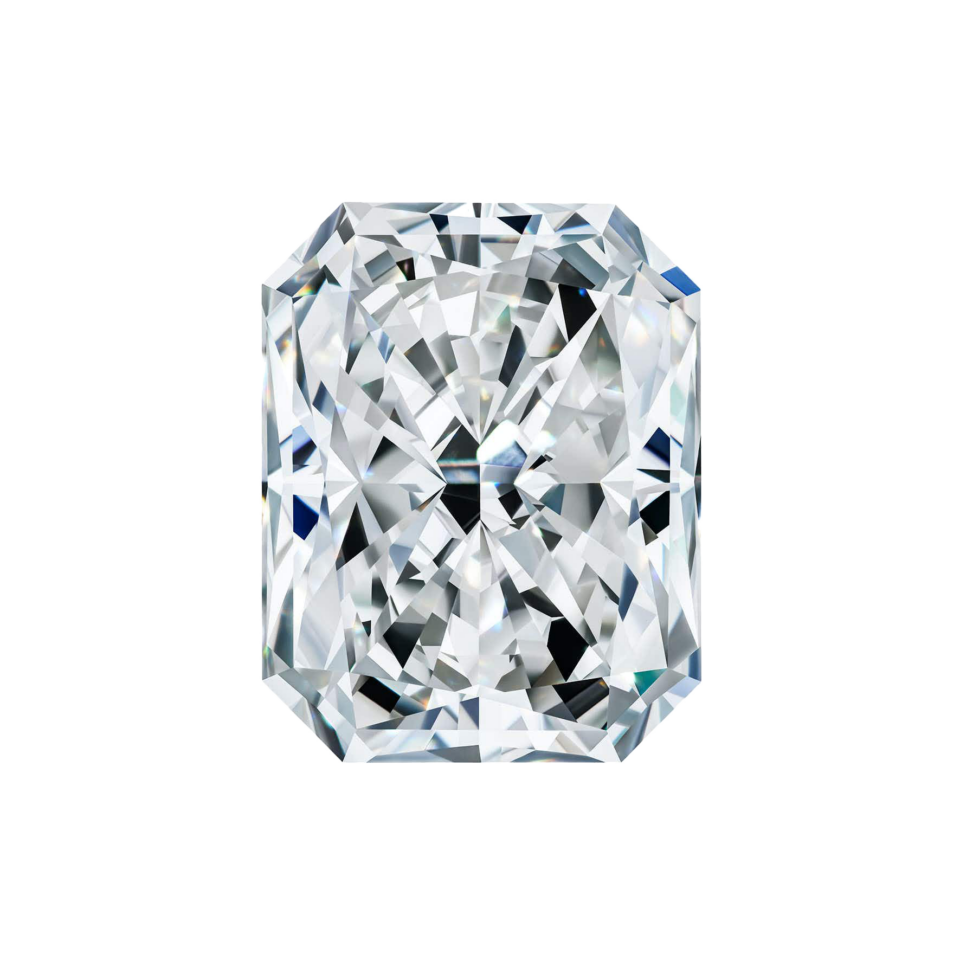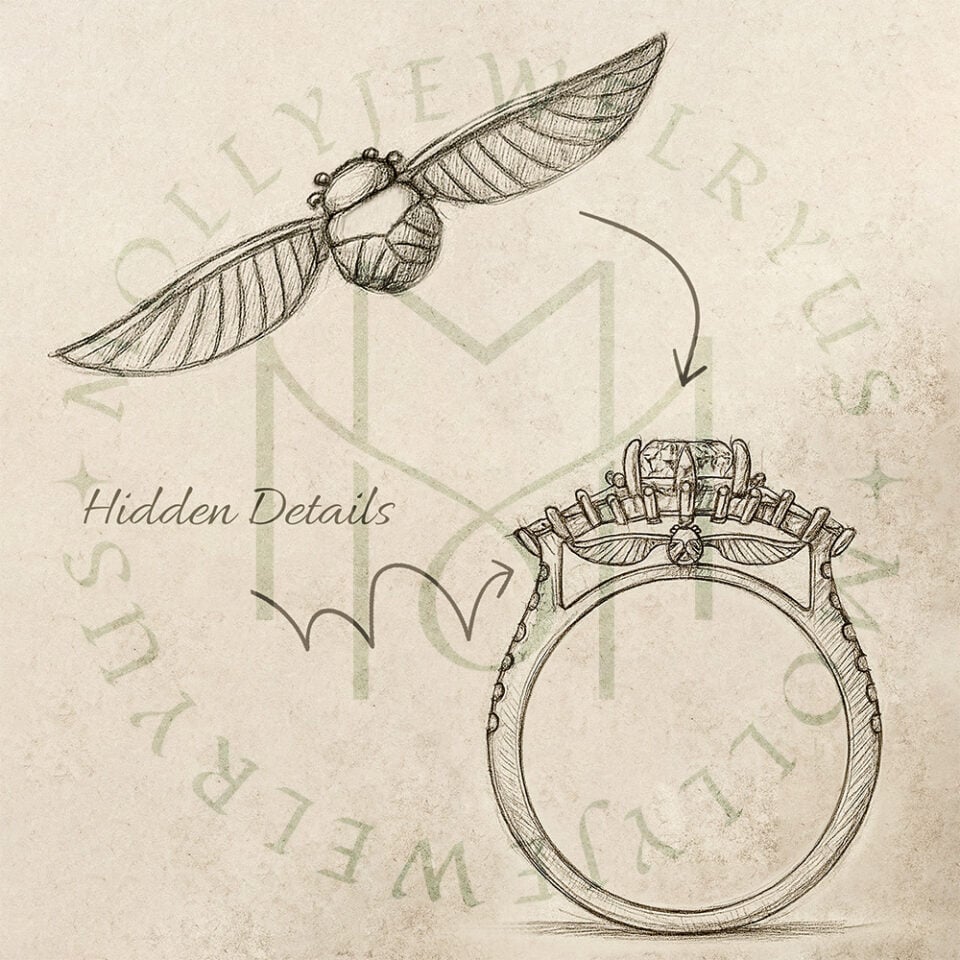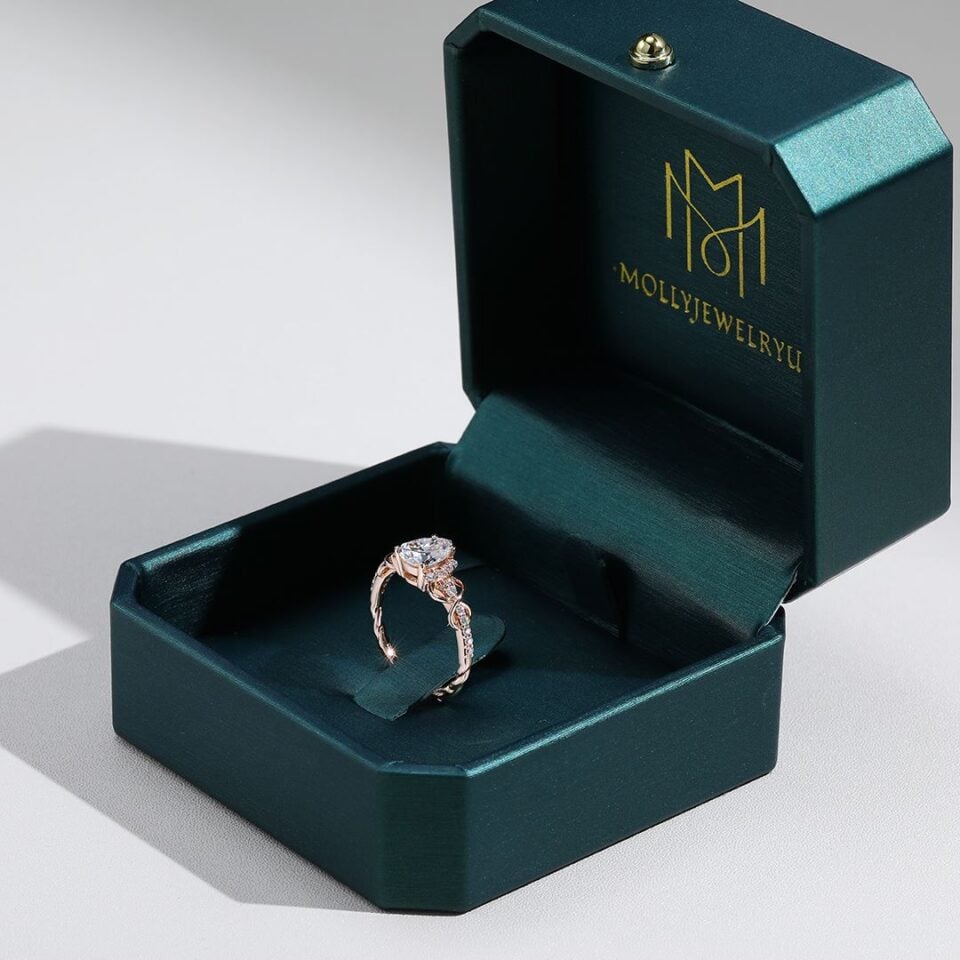
Buying an engagement ring is one of life’s most meaningful purchases. It isn’t just about the sparkle of a diamond or gemstone — it’s about love, commitment, and the future you’re building together. The moment of proposing is unforgettable, and the ring you choose will forever symbolize that promise.
But let’s be honest: shopping for an engagement ring can feel overwhelming. Between budgets, settings, metals, and the many options for diamonds or gemstones, it’s easy to get lost. That’s why we created this engagement ring buying guide — to give you clear, practical advice so you can choose a ring with confidence.
Table Of Contents
1: Set Your Budget
When you start shopping for an engagement ring, the first question that usually pops up is: “So… how much should I spend?” The short answer? There’s no magic number—and definitely no rule you have to stick to. Forget the so-called “tradition” and focus on what feels right for you.
That old “three months’ salary” rule? Outdated. The real sweet spot for your budget isn’t about keeping up with expectations—it’s about choosing an amount you can comfortably afford without messing up your everyday life or future plans. Whether it’s $500 or $10,000, as long as it fits your finances and carries real meaning, it’s the right choice.
Here’s how to figure out your number in two simple steps:
- Look at your finances. Start by covering essentials like rent, savings, and other wedding costs. Whatever’s left is your realistic budget range for the ring. That way, you’re investing in love, not adding unnecessary stress.
- Match your partner’s priorities. A ring’s price mainly comes down to three things: center stone, setting style, and metal type. If you can’t splurge on all three, focus on what your partner truly cares about. Do they dream of a larger stone that sparkles across the room? Or do they swoon over detailed, delicate craftsmanship? Spending where it matters most is always more meaningful than spreading the budget thin.
Of course, it’s amazing when you find a ring that checks every box. But at the end of the day, the goal isn’t perfection—it’s finding the one that feels thoughtful, intentional, and within your means. That’s what makes an engagement ring priceless.
💡 Smart Budgeting Tips:
- Buy just under milestone weights (0.9ct instead of 1.0ct) to save up to 20%.
- Color grades G–H diamonds look nearly identical to D–F to the naked eye but cost less.
- Consider lab-created diamonds/gemstones — they’re 30–50% cheaper than mined ones.
Related: How Much Should You Spend on an Engagement Ring?
2: Choose the Right Setting
Once the budget is set, the next big decision is choosing the setting—part of the ring that not only secures the center stone but also defines the overall look and long-term wearability. The setting covers everything from how the stone is mounted to the type of band and any accent stones. Each detail should reflect your partner’s taste as well as their lifestyle.
Here are the most popular engagement ring settings:
- Solitaire: A single diamond becomes the focal point, adding extra brilliance.
- Halo: This enhances the visual impact of the center stone, making it appear larger and more dazzling.
- Nature-inspired: For a more whimsical, organic feel, some designs use floral, vine, or leaf motifs.
- Pavé: Multiple small gemstones create a dazzling effect, giving the ring a refined and exquisite look.
- Bezel: A bezel provides excellent protection for the gemstones and offers a modern and stylish look.
- Cluster: The combination of multiple small gemstones creates the visual effect of a large gemstone, allowing for the creation of more unique styles.
💡 Pro tip: Always consider practicality. If your partner leads a very active lifestyle, settings like solitaire or bezel—known for their durability—are usually the best bet. But if they love glamor and don’t mind a little extra upkeep, halo, nature-inspired or pavé designs will give them all the sparkle they crave. Explore a variety of ring settings at MollyJewelryUS to find your perfect choice.
Related: Engagement Ring Setting Guide
3. Pick the Metal
After deciding on the setting, the next key step is choosing the metal for your engagement ring. The metal doesn’t just influence the overall look of the ring—it also affects price, comfort, durability, and long-term upkeep. Here’s a quick guide to the most popular options:
- Platinum: Prized for its rarity, durability, and natural silvery-white luster, it’s hypoallergenic, resistant to fading, and requires minimal maintenance, making it ideal for everyday wear. The only trade-off? It tends to be more expensive than gold.
- K Gold: A timeless classic, 14K and 18K gold (white, yellow, and rose gold) offers both purity and durability, perfectly complementing both modern and vintage styles.
- Silver: While not as common for engagement rings, silver is a budget-friendly, elegant option. It’s lightweight and hypoallergenic, though it requires more frequent polishing to prevent tarnish.

Related: Gold vs. Platinum vs. Silver
💡 Style tip: If your partner loves something rare and enduring, platinum is the way to go. For a classic look, yellow and white gold will never disappoint. If you’re leaning toward something unique and romantic, rose gold may be the perfect match. And if budget is a factor, silver is a smart choice.
4. Select a Center Stone
The heart of any engagement ring is, of course, the gemstone. It’s the first thing people notice, and often the detail that carries the deepest meaning. When choosing a center stone, you should consider the following points:
Diamond vs. Gemstones
Whether you choose a diamond or a colored gemstone, each option comes with its own personality, beauty, and story.
Diamonds are prized for their unmatched brilliance and exceptional durability, making them the most popular choice for engagement rings. When choosing a diamond, it helps to understand the 4Cs—color, cut, clarity, and carat weight—to find the best quality stone within your budget.
If you’re looking for something unique and more personal, gemstones are a wonderful alternative. Traditions are evolving, and more couples today are choosing gemstones instead of diamonds. Popular choices include moissanite, emerald, ruby, sapphire, opal, and moss agate, among others. Each gem carries its own symbolism, adding character and meaning to your ring.
💡 Lifestyle tip: If your partner is very active or uses their hands often, consider the gemstone’s hardness. Diamonds, sapphires, and rubies are highly durable and great for everyday wear. Softer stones like opals or emeralds need extra care, but their beauty is unforgettable.
Related: 8 Popular Diamond Alternatives
Lab-Grown vs. Natural
This is one of the hottest topics today: should you choose a natural stone or a lab-grown one? The truth is, they are chemically and visually identical to natural diamonds or gemstones but usually cost 30%–50% less. That means you can get a larger or higher-quality stone for the same budget. Lab-grown stones are also conflict-free and sustainable, making them an appealing choice for couples who value ethics and affordability.
Which one is right for you? It depends on your preferences, values, and budget.
Related: Lab Gemstones vs. Natural Gemstones
Center Stone Shapes
Once you’ve chosen your gemstone type, the next step is picking a shape. The cut not only influences how much the stone sparkles but also sets the tone for the entire ring. Each shape has its own personality, so your choice often reflects personal style.
- Round Cut: The most popular cut, known for its maximum sparkle and timeless appeal. Perfect for those who love classic elegance.
- Oval Cut: Offers brilliance similar to a round cut but with a more elongated outline that flatters the finger. A chic, modern favorite.
- Princess Cut: Sharp, clean lines with modern glamour and dazzling brilliance. Great for fans of contemporary, minimalist styles.
- Emerald Cut: Rectangular with step facets, giving a vintage, refined look. Best for someone who values understated elegance over intense sparkle.
- Cushion Cut: A soft, square shape with rounded corners, radiating romance and antique charm.
- Pear Cut (Teardrop): A playful mix of round and pointed edges, offering a unique, elegant silhouette for those who like to stand out.
- Marquise Cut: Long and tapered at both ends, this dramatic shape makes the stone look larger and elongates the finger. Bold and eye-catching.
- Radiant Cut: Combines the sparkle of brilliant faceting with a rectangular or square outline. Ideal for someone who wants maximum sparkle with a modern edge.
💡 Tip: Round and oval cuts tend to be the most versatile and sparkly, while emerald, cushion, and Asscher cuts lean toward vintage elegance. For something truly distinctive, pear and marquise cuts are guaranteed to stand out.
Related: 14 Most Popular Engagement Ring Cuts
5. Ring Size
Getting the right ring size is just as important as choosing the stone or setting. A well-fitted ring should feel comfortable, secure, and effortless to wear.
💡 It’s best to measure your ring size more than once, ideally in the afternoon or evening. (Fingers can vary by about half to a full size throughout the day, and the afternoon size is closer to how your finger will be during daily wear.) The right fit should feel snug but not tight—secure enough that the ring doesn’t slip off when you gently shake your hand, yet comfortable at the base of your finger. View our Ring Size Guide for more details.
Extra Tips: Customization & Personalization
Want something truly personal? Custom engagement rings let you design every detail — from metal type to engraving. This is a meaningful way to create a one-of-a-kind symbol of your love.
At MollyJewelryUS, we believe your ring should be as unique as your love story. That’s why we offer customized services to help turn your ideas into reality. Whether you want to add a few distinctive touches to an existing design or create a piece entirely from scratch, our experts are here to bring your vision to life. From a spark of inspiration to a simple sketch, we’ll work with you every step of the way to craft a ring that reflects your style, your passions, and your story.
Conclusion
Buying an engagement ring can feel overwhelming at first, but with the right knowledge, it becomes an exciting journey. By setting a budget, choosing the right setting, selecting a meaningful metal and center stone, and considering your partner’s lifestyle, you’ll find the perfect symbol of your love.
At MollyJewelryUS, every ring is handcrafted and customizable — because your love story deserves nothing less than unique. Explore our collection of engagement rings today and start the next chapter of your forever.
Related: 12 Mistakes to Avoid When Buying an Engagement Ring
Engagement Ring Buying Guide FAQ
Spend what feels comfortable. Forget strict rules — the best ring is one that fits your partner’s style and your financial comfort.
Yes. They are chemically identical to natural diamonds, with the same sparkle and durability.
Platinum is the most durable, but 14K or 18K gold also offers an excellent balance of beauty and strength.
Borrow a ring they already wear on the correct finger, or ask a close friend or family member for help.
Absolutely. Gemstone engagement rings are meaningful, colorful, and increasingly popular.
At MollyJewelryUS, it usually takes 4–6 weeks, depending on the design and materials.


